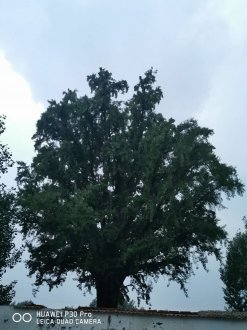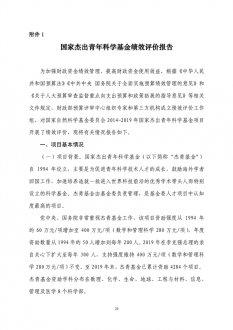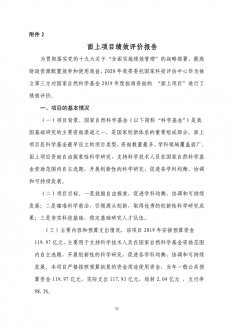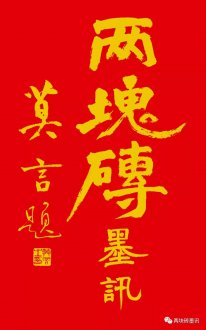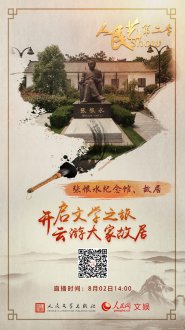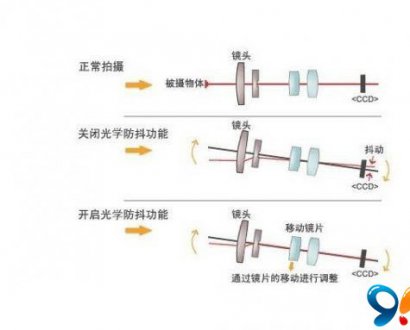另一种被咬伤的著名蜘蛛是美国棕色隐居蜘蛛Loxosceles reclusa(西里亚科;fiG.3.7c)。咬伤会引起皮肤局部肿胀和坏死(Sams等人,2001年)。负责的酶是一种鞘氨酸蛋白酶,可导致深度伤口(Kurpiewski等人,1981年)。这种毒液还具有溶血性(Bernheimer等人,1985),这可能导致肾衰竭,有时甚至死亡。然而,总的来说,大多数Loxosceles属蜘蛛咬伤都是无害的(Vetter,2008;Vetter和Isbister,2008)。
In Australia, the funnel-web spider Atrax robustus (Dipluridae or Hexathelidae) is dangerous. Effects of the bite are severe pains, shivering, muscle cramps, loss of eyesight, and paralysis of the breathing center (Gage and Spence, 1977; Spence et al., 1977). Whereas the neurotoxic venom (atracotoxin or robustoxin; Sheumack et al., 1985; Miller et al., 2000) has severe effects on primates, dogs, cats, and rab- bits are almost immune to it (Sutherland and Tibbals, 2001). In humans, only about a dozen fatal cases are known from Atrax bites over a period of 100 years (Gray, 1981; Isbister et al., 2005). An effective Atrax antivenom was released in 1981, and no deaths or adverse effects have been reported thereafter.
在澳大利亚,漏斗网蜘蛛Atrax robostus (Dipluridae or Hexathelidae)是危险的。咬伤的后果是剧烈的疼痛、颤抖、肌肉痉挛、视力丧失和呼吸中枢瘫痪(Gage和Spence,1977;Spence等人,1977)。而这一神经毒性毒液(阿特拉毒素或粗壮毒素;Sheumack等人,1985;Miller等人,2000年)对灵长类动物有严重影响,狗、猫和兔子几乎对其免疫(Sutherland和Tibbals,2001)。在人类中,在100年的时间里,只有大约12例因Atrax叮咬而死亡的病例(Gray,1981;Isbister等人,2005年)。一种有效的Atrax抗毒血清于1981年发布,此后没有死亡或不良反应的报道。
In Europe, there are two other spiders one should handle cautiously, although neither is really dangerous: Cheiracanthium (Clubionidae) and the water spider Argyroneta (Argyronetidae). Their bites are painful, but the symptoms (itching, shivering, vomiting, slight fever) disappear within 2–3 days (Habermehl, 1974; Wolf, 1988). Most of the smaller spiders, however, cannot even pierce the human skin. In those rare cases where the skin is broken (as may happen from our garden spider), the effects—local swelling, blisters, and raised body temperature—are negligible (Maretic, 1971). The rather large “Hobo” spider (Tegenaria agrestis) is feared in the United States, yet seems innocuous in Europe; it is not really clear whether its bite has any necrotic effects (Binford, 2001).
在欧洲,还有另外两种蜘蛛应该小心对待,尽管这两种蜘蛛都不是真正危险的:Cheiracanthium (Clubionidae)和水蜘蛛Argyroneta(Argyronetdae)。它们的咬伤很痛,但症状(瘙痒、颤抖、呕吐、微烧)在2-3天内就会消失(Habermehl,1974;Wolf,1988)。然而,大多数较小的蜘蛛甚至不能刺穿人的皮肤。在那些罕见的皮肤破裂的情况下(就像我们的花园蜘蛛可能发生的情况),其影响-局部肿胀、水泡和体温升高-可以忽略不计(Maretic,1971)。相当大的“流浪者”蜘蛛(Tegenaria Agrestis)在美国令人畏惧,但在欧洲似乎是无害的;尚不清楚它的咬伤是否有任何坏死效应(Binford,2001)。
Most poisonous of all are certain ctenid spiders (Phoneutria; fig. 3.7d) of South America (Bücherl, 1953, 1971; Schenberg and Pereira Lima, 1971). In contrast to most other dangerous spiders mentioned above, these ctenid spiders are rather aggressive. Their bite is very painful and can cause shock. The observed effects are tremors, sweating, accelerated heart beat, vomiting, and feeling cold and tense.
The venom is a complex mixture of aspartic acid, glutamic acid, histamine, hyaluronidase, lysine, and serotonin that targets the nervous system by activating the Na+ channels of nerve and muscle membranes (Entwistle et al., 1982; Fontana and Vital Brazil, 1985; Bucaretchi et al., 2000). One representative, Phoneutria nigriventer, injects about 8 mg (dry weight) of venom per bite. This amount would theoretically be sufficient to kill 300 mice (LD50 = 0.013 mg/animal). Nevertheless, the bite is rarely deadly for humans, probably because only small amounts of toxin are injected during a defensive bite. Most victims recover within 1–2 days, and only few require antivenom therapy. Although 2700 Phoneutria bites were reported in Brazil during the year 2006, only 0.5–1% of all people bitten showed any severe evenoming effects (Bucaretchi et al., 2008).
上一篇:科学网期刊编辑该让作者推荐审稿人吗? 下一篇:科学网Secondary aperture模型开发助力制备高性能G











